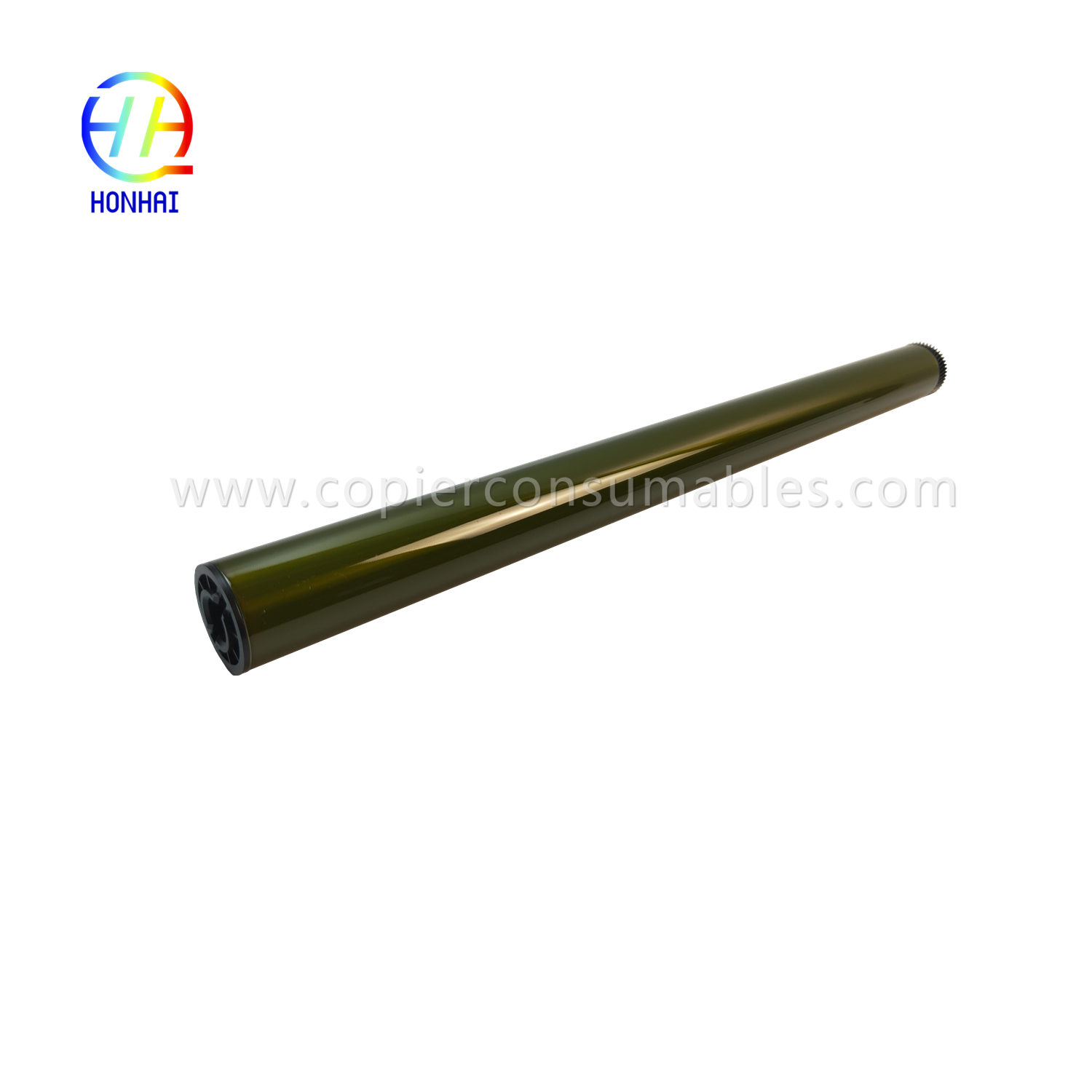OPC drum is the abbreviation of the organic photoconductive drum, which is an important part of laser printers and copiers. This drum is responsible for transferring the image or text onto the paper surface. OPC drums are typically manufactured using a range of materials carefully selected for their durability, electrical conductivity, and photoconductivity. Understanding the materials used in OPC drums can provide valuable insight into the performance and longevity of these fundamental printer components.
First, OPC drums consist of a base material that makes up the drum core. This substrate is usually made of a lightweight and highly durable substance such as aluminum or an alloy. Aluminum is a popular choice due to its excellent thermal conductivity, allowing for efficient heat dissipation during printing. The substrate needs to be strong enough to withstand constant rotation and contact with other printer components to ensure consistent print quality and longevity.
The second important material used in OPC drums is the organic photoconductive layer. This layer is applied to the surface of the photosensitive drum substrate and is responsible for capturing and maintaining the electrostatic charge required for image transfer. Organic photo-conductive layers typically combine organic compounds such as selenium, arsenic, and tellurium. These compounds have excellent photoconductive properties, meaning they conduct electricity when exposed to light. Organic photoconductive layers are carefully formulated to maintain a precise balance of conductivity, resistance, and stability, which are critical for the accurate reproduction of images and text.
To protect the fragile organic photoconductive layer, OPC drums have a protective coating. This coating is usually made of a thin layer of clear plastic or resin, such as polycarbonate or acrylic. A protective coating protects the organic layer from external factors that can degrade its performance, such as dust, static electricity, and physical damage. In addition, the coating prevents the photosensitive drum from coming into direct contact with toner during printing, helping to prevent toner contamination and ensuring consistent image quality.
In addition to the aforementioned core material, OPC drums incorporate various other elements to enhance their functionality. For example, an oxide barrier layer can be added to further protect the organic photoconductive layer from oxygen, moisture, and other environmental factors. This layer is usually made of a thin film of aluminum or similar material and acts as an anti-oxidation barrier. By minimizing oxidation, the overall performance and service life of the drum can be significantly extended.
The composition of the materials used in OPC drums has been engineered to provide the best possible print quality, durability, and reliability. Each material has a specific purpose, from the substrate that provides the structure of the photosensitive drum to the organic photoconductive layer that traps static charge. Knowing the materials used for OPC drums allows printer users to make informed decisions when selecting replacement components, ensuring the longevity and efficiency of their printing equipment.
Now I am introducing high-performance OPC drums for Ricoh MPC3003, 4000, and 6000 models. Achieve superior print quality and reliability with these top-of-the-line OPC drums from Ricoh. They are designed specifically for the MPC3003, 4000, and 6000 models. These drums are made of strong materials to withstand high-volume printing, providing long-lasting reliability. Ricoh OPC roller adopts advanced technology and workmanship, which can provide a clear, vivid, and precise printing effect. If you want to buy OPC drums, see our website (www.copierhonhaitech.com) to choose the suitable one for your model.
In summary, the materials used in OPC drums are critical to the performance and durability of laser printers and copiers. Aluminum or alloys are often used as the base material due to their strength and thermal conductivity. The organic photoconductive layer is composed of organic compounds such as selenium, arsenic, and tellurium, which trap and retain static charges. The protective coating, usually made of clear plastic or resin, protects the delicate organic layer from external elements and toner contamination. Additional elements such as oxide shielding further enhance the functionality of the drum. By understanding these materials, users can ensure optimal performance and longevity of their printing equipment.
Post time: Jul-05-2023







